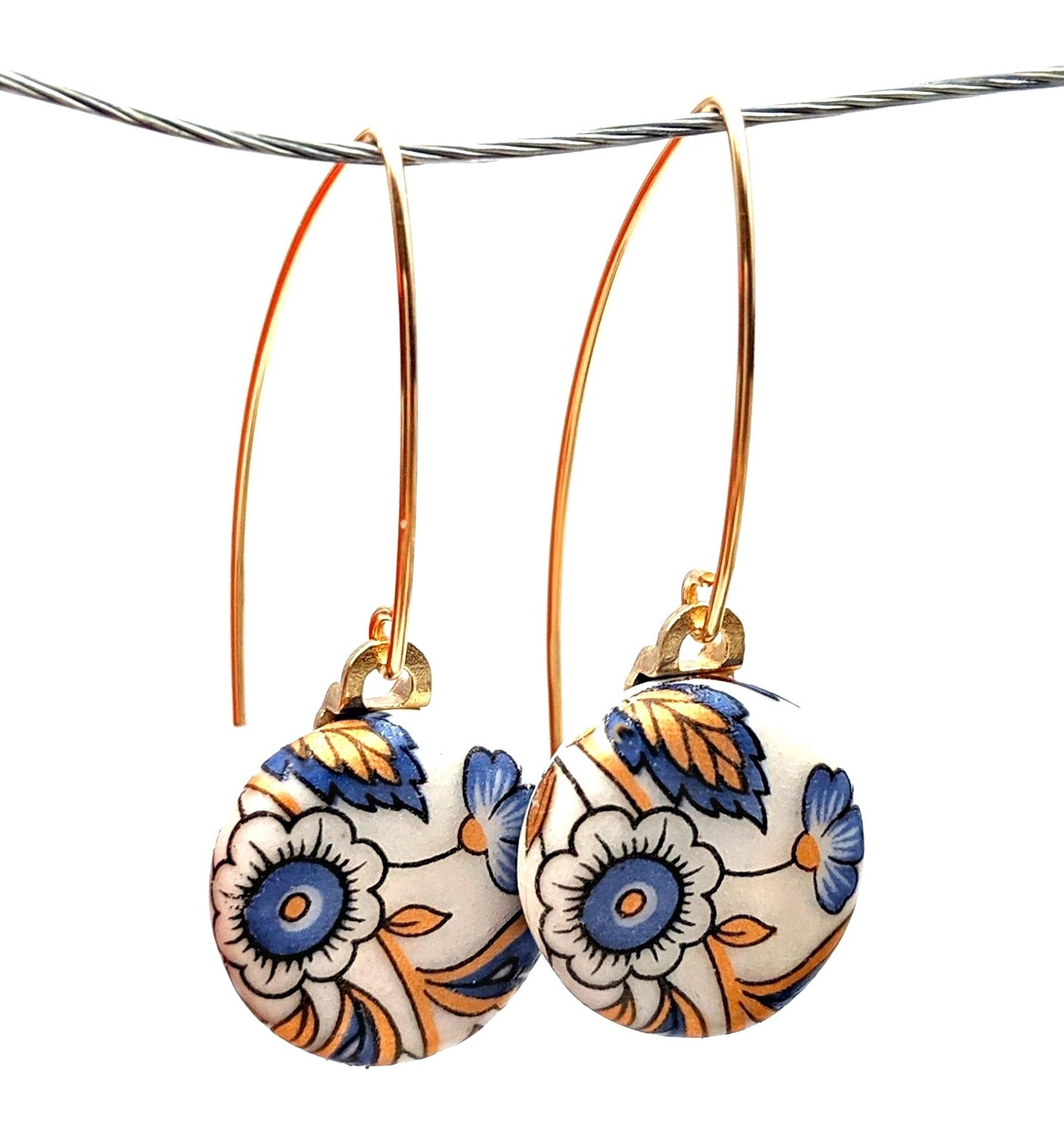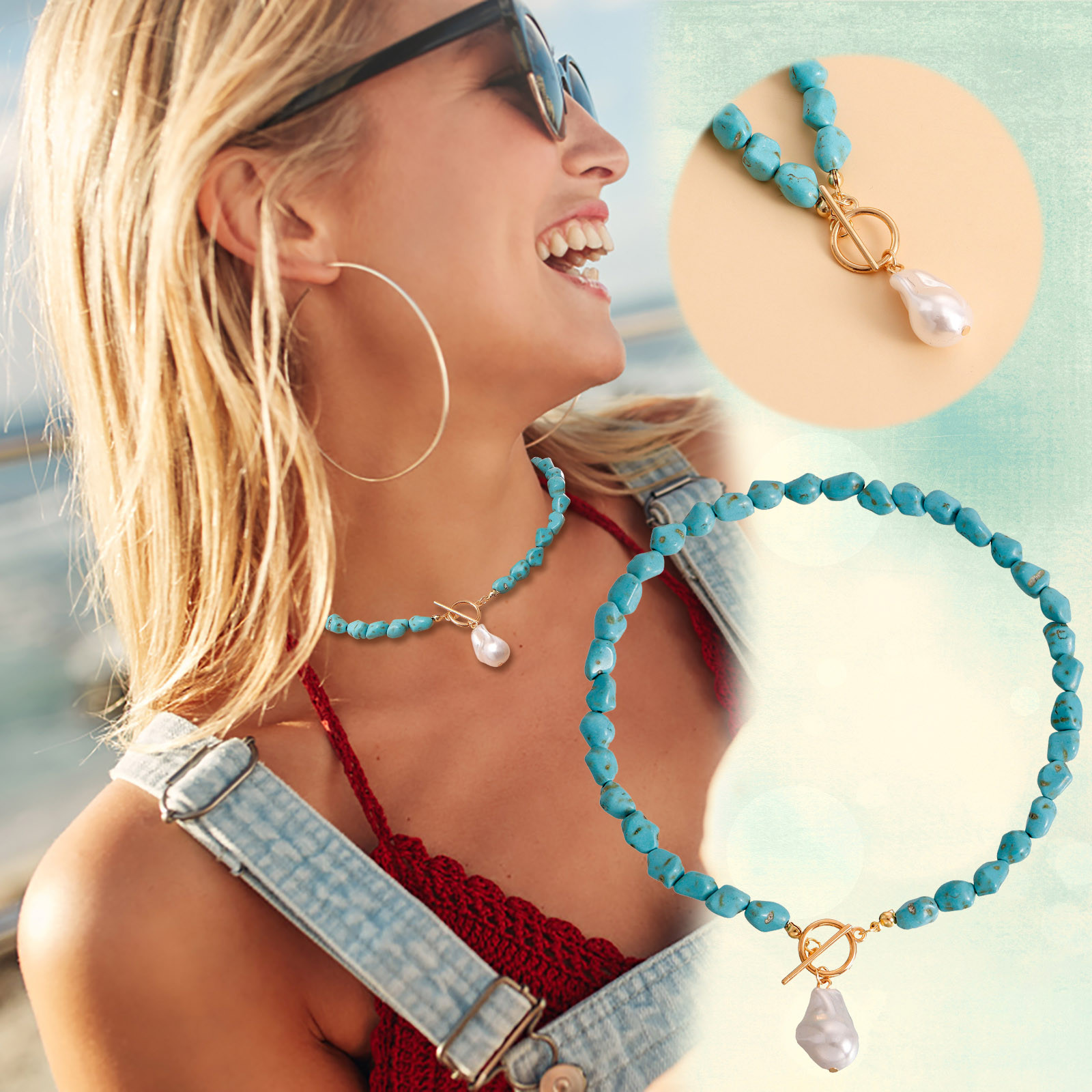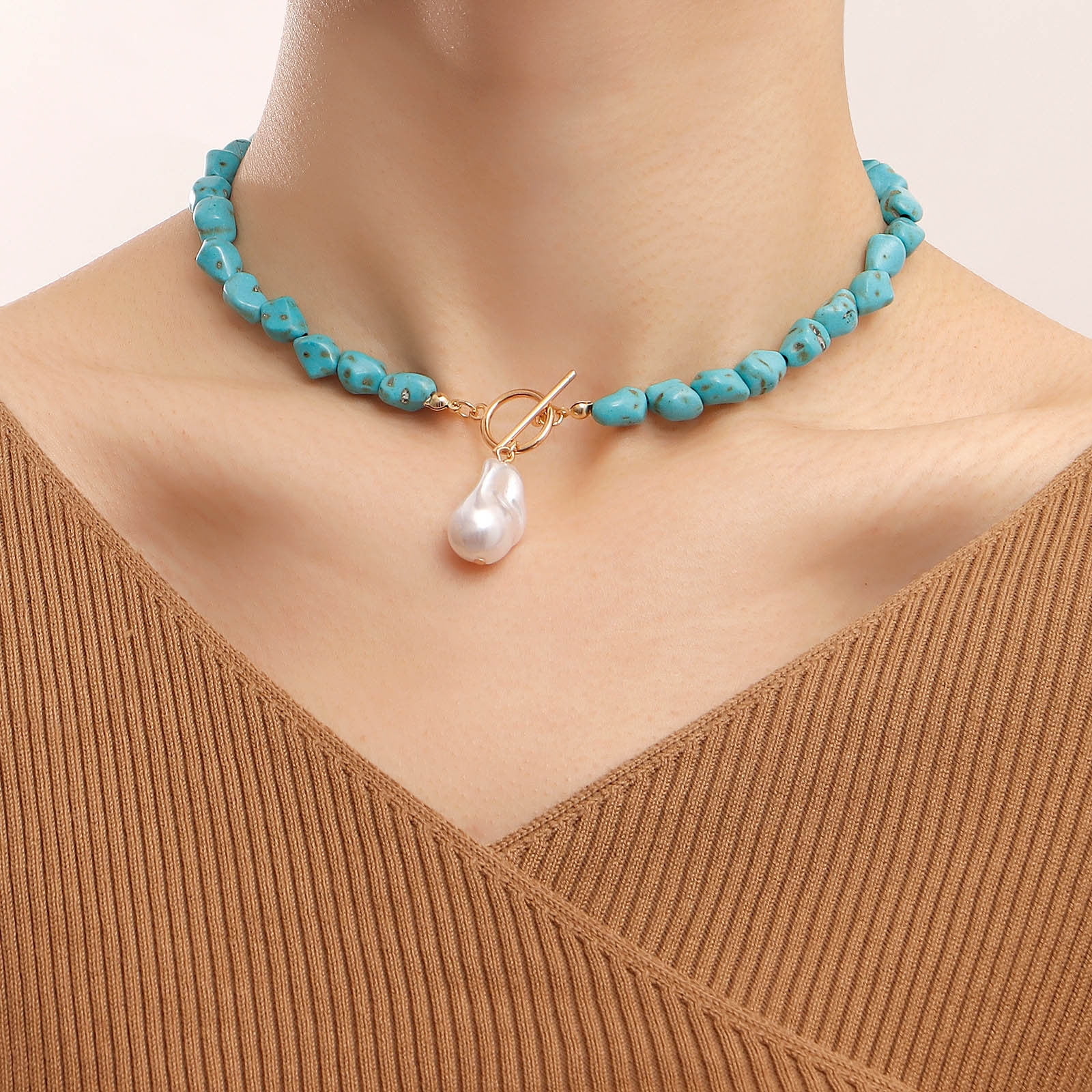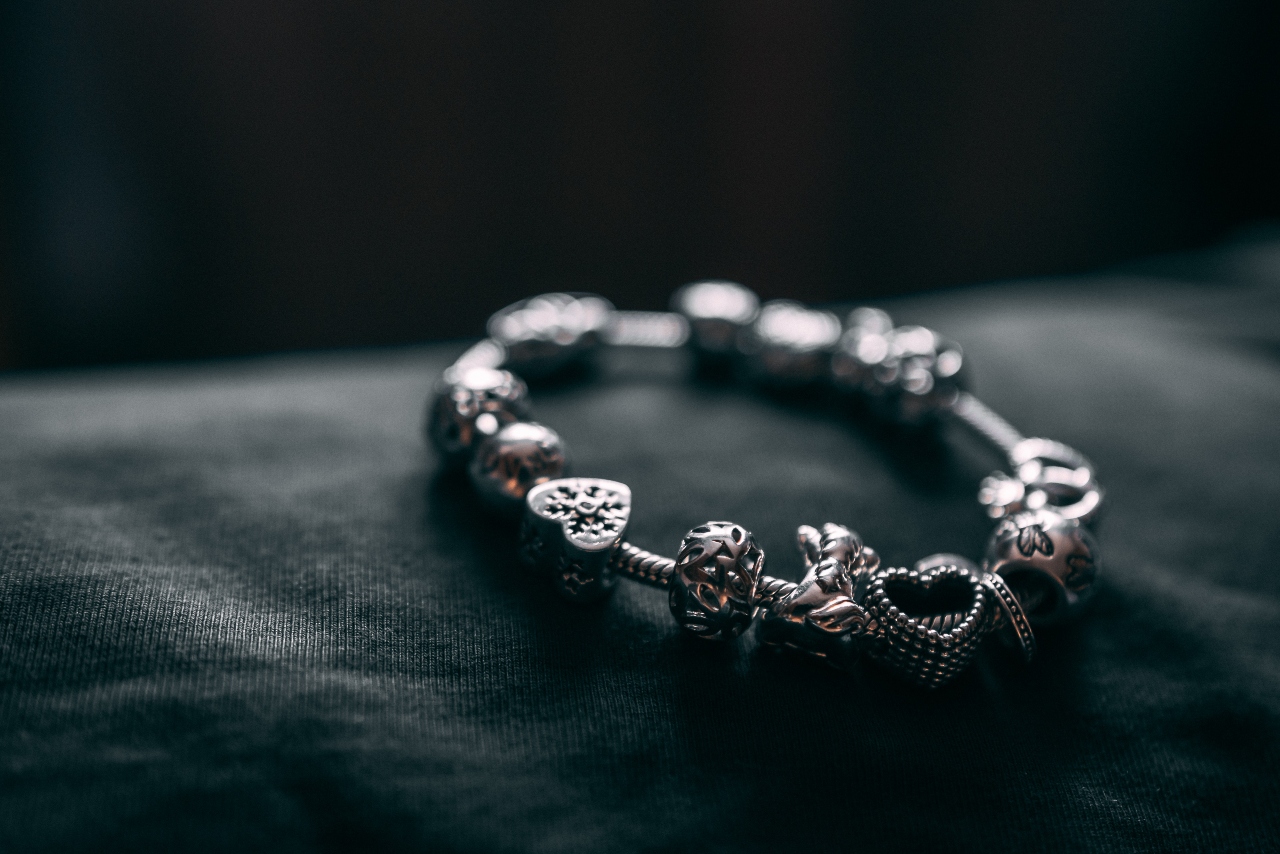How to make handmade jewelry? Handmade jewelry allows you to express your individuality, showcase your creativity, and wear unique pieces of art. Whether you’re a beginner or experienced crafter, making your own jewelry can be a rewarding and fulfilling hobby. In this comprehensive guide, we will explore the step-by-step process of creating handmade jewelry, from gathering materials and tools to designing and assembling your own unique pieces. Let’s dive into the world of jewelry making and unlock the secrets to creating stunning handmade jewelry.

Gather Materials and Tools:
Before you begin making your own jewelry, it’s important to gather the necessary materials and tools. Consider the following points:
- Beads: Choose beads that suit your desired style, materials, and color combinations. Beads come in various materials like glass, wood, gemstones, pearls, and metal.
- Findings: Findings are essential components like clasps, jump rings, ear wires, head pins, and eye pins that hold your metal jewelry pieces together. Ensure you have a variety of findings suitable for the type of jewelry you want to create.
- Wire and stringing materials: Depending on your preferences and design, select suitable wire and stringing materials such as beading wire, memory wire, or nylon cord.
- Tools: Invest in essential tools like round-nose pliers, chain-nose pliers, wire cutters, crimping pliers, and a bead board. These tools aid in shaping, cutting, and securing your jewelry components.
Design and Planning:
Designing your handmade jewelry allows you to personalize your pieces and make them truly unique. Consider the following steps:
- Inspiration: Draw inspiration from various sources like fashion magazines, nature, art, or personal experiences. Create a mood board or sketch your ideas to visualize the design.
- Plan the layout: Determine the arrangement and sequence of your beads and other components. Consider color, shape, and texture combinations to achieve your desired aesthetic.
- Experimentation: Don’t be afraid to try different combinations and techniques. Experimentation helps you explore new designs and can lead to unexpected and stunning results.

Jewelry Making Techniques:
There are several jewelry making techniques to master, depending on the style and design you envision. Consider the following techniques:
- Beading: String beads onto wire or stringing materials and secure them with crimps, knots, or jump rings. Experiment with different bead sizes and patterns to create unique bracelets, necklaces, or earrings.
- Wire wrapping: Use wire to create loops, coils, and wraps to connect and embellish beads and other components. This technique adds intricate details and can be used to create dangles or pendants.
- Basic wirework: Master basic wirework techniques like making simple loops, creating wire spirals, or making jump rings. These techniques allow you to connect glass jewelry components and add decorative details.
Assembly and Finishing:
Once you have completed the design and mastered the necessary techniques, it’s time to assemble and finish your handmade jewelry. Consider the following steps:
- Stringing: Thread your beads or components onto the chosen wire or stringing material, following your design plan. Ensure each bead is securely in place and adjust layout as needed.
- Attaching findings: Add appropriate findings like clasps, jump rings, or ear wires to complete your jewelry piece. Connect findings using pliers and ensure secure closures.
- Finishing touches: Pay attention to finishing touches like smoothing rough edges, properly closing all openings, and ensuring secure connections. Use pliers to create neat and polished finishes.
Caring for Your Handmade Jewelry:
Proper care and storage will help preserve the beauty of your handmade jewelry. Consider the following tips:
- Avoid exposure to moisture: Moisture can damage some jewelry materials like metals or natural materials. Store your jewelry in a dry place and avoid wearing it while swimming, bathing, or engaging in water-related activities.
- Clean gently: Use a soft cloth or jewelry cleaning solution specifically designed for the materials you are working with. Gently wipe away any dirt or oils to keep your jewelry looking fresh.
- Store individually: Store your handmade jewelry pieces separately in a jewelry box or pouch to prevent scratching or tangling. Keep chains untangled and beads separated to maintain their original appearance.

Advantages of handmade jewelry
Handmade jewelry holds a special place in the world of accessories, offering unique beauty, craftsmanship, and personal expression. Whether you’re creating handmade jewelry for yourself or purchasing it from independent artisans, these pieces carry various advantages over mass-produced alternatives.
Unique and Individual Designs:
One of the primary advantages of handmade jewelry is the uniqueness and individuality of the designs. Consider the following points:
- One-of-a-kind pieces: Handmade own jewelry pieces are often created in limited quantities or as unique, one-of-a-kind designs. This exclusivity ensures that you won’t find the same piece on every other person, adding an element of rarity and specialness to your collection.
-
Artistic expression: Handmade jewelry allows artisans to express their creativity and artistic vision. Each piece is a manifestation of the artisan’s talent, passion, and personal style, resulting in truly one-of-a-kind wearable art.
- Customization options: Handmade jewelry often allows for customization or personalized touches. Whether it’s selecting specific gemstones, altering design elements, or adding engravings, customization options provide a unique piece tailored to your preferences.
Superior Craftsmanship and Quality:
Handmade jewelry stands out for its superior craftsmanship and attention to detail. Consider the following advantages:
- Handcrafted precision: Artisans take pride in their craft and meticulously create each piece by hand. This level of attention and precision ensures that every component and detail is carefully crafted, resulting in high-quality jewelry.
- Durability and longevity: Handmade jewelry is often crafted with high-quality materials and techniques that enhance its durability. Artisans ensure that their creations are built to withstand regular wear, ensuring longevity and less frequent replacements.
- Ethical sourcing: Many handmade jewelry artisans prioritize ethically sourced materials, such as gemstones and metals, to ensure responsible and sustainable practices. This adds an ethical and eco-conscious dimension to your jewelry choices.

Support for Independent Artists:
Choosing handmade jewelry supports independent artisans and encourages the growth of small businesses. Consider the following advantages:
- Direct support: When purchasing handmade jewelry from independent artists, you directly support their creative endeavors and their livelihoods. This contribution enables them to continue creating unique and beautiful pieces.
- Connection and story: Handmade jewelry often comes with a story or a personal connection to the artisan. Understanding the inspiration, craftsmanship process, and values behind a piece creates a more meaningful and intimate connection to the jewelry.
Conclusion:
Creating handmade jewelry allows you to explore your creativity, express your unique style, and wear one-of-a-kind pieces. By following these step-by-step instructions, gathering the necessary materials, designing your jewelry, mastering various techniques, and properly assembling and finishing your pieces, you can create stunning handmade jewelry. With practice and experimentation, your jewelry-making skills will grow, enabling you to design truly remarkable and personalized pieces. Unleash your creativity, enjoy the process, and let your handmade jewelry be a reflection of your artistic flair and individuality.

